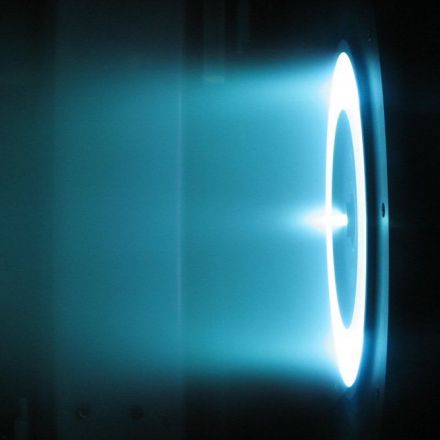

10 years ago
18
Scientists Confirm 'Impossible' EM Drive Propulsion
The EM Drive (Electro Magnetic Drive) uses electromagnetic microwave cavities to directly convert electrical energy to thrust without the need to expel any propellant. First proposed by Satellite Propulsion Research, a research company based in the UK founded by aerospace engineer Roger Shawyer, the EM Drive concept was predictably scorned by much of the mainstream research community for allegedly violating the laws of physics, including the conservation of momentum.
Continue Reading
Additional Contributions:






















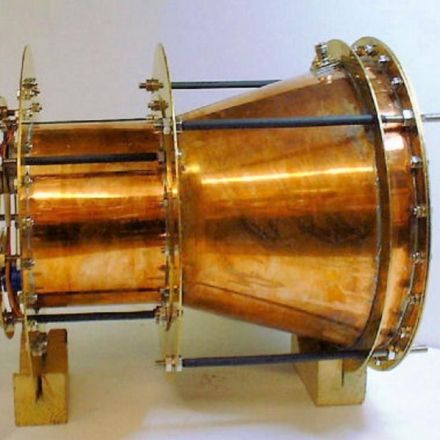
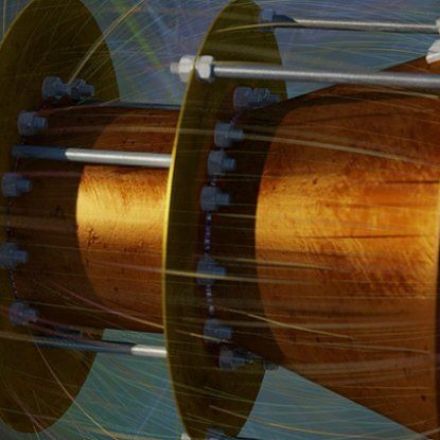
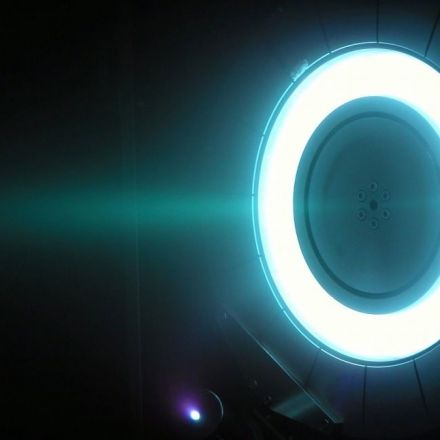

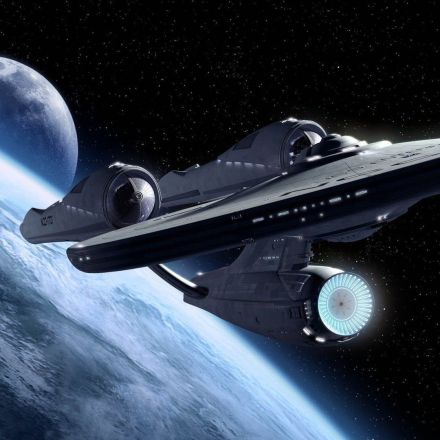
Join the Discussion
Can anyone here give a layman's explanation of how this works?
It works on the same concept of traditional ion engines in that it uses a powerful magnetic field to accelerate particles of fuel backward and thus push the spacecraft forward. Typically a spacecraft has to carry this fuel with it onboard in order to have access to it. The breakthrough comes with a new method that scientist have found to use quantum particles that are in the surrounding space as this fuel instead. This means that spacecrafts using this method would never run out of fuel so long as they had electrical energy or power.
Thank you. Just what I was looking for.
Only it appears to be wrong. The thing that is strange about the behavior of the device is that nothing is being emitted from it. The microwaves from the magnetron are guided into an entirely closed, bell shaped chamber and bounce around inside of it, and somehow, in that bouncing around, the thrust is generated.
Indeed. I'd like to also add, in case it gets brought up, that there is a reaction drive that converts energy to thrust -- and it's called a photon drive. The problem with using straight energy for thrust is that it takes an absolutely ludicrous amount of power to generate even small amounts of thrust.
Wouldn't this be good for a deep space probe though, since it can just accelerate forever (even if the acceleration is slow) and eventually attain huge speeds since it doesn't ever run out of fuel?
Except the acceleration is too low for even that, and it'd likely end up more efficient to use even something like an antimatter pion drive. Hell, you might be able to even get more thrust from something as low-acceleration as a plasma sail and simply "sailing" around stars en route to your destination, making use of gravity assists. It largely depends on how much power one's willing to expend on the photon drive.
For a quick calculation, let's assume we have a turbine from the largest dam in the world, the Three Gorges Dam. They weigh 6,000,000 kgs and output 700 MWs each. Just from those stats (and neglecting pesky stats like where the fuel is coming from or the engine weight), it would output 2.3 newtons of thrust for a total acceleration of (2.3N = 6,000,000 kgs * x m/sec^2) 0.000000383 m/sec^2, or 0.000000039 Gs. To put that into perspective, using the formula (300,000 m/s / 0.000000383 m/sec^2) we get 2483.8 years. It takes two and a half millennia to accelerate to a measly 1% of lightspeed.
It is indeed a very slow form of acceleration at this point. Here is to hoping the many minds we have will improve on the concept over the next two decades, we must remember this technology is still in its infancy, actually we aren't even 100% sure it works as described yet.
Holy shit. I just learned about the Netherlands' new roadside, sound-dampening solar panels earlier today. Basically, light enters the panels, bounces around for a bit, and is ultimately collected by thin solar cells on the side, creating a much more concentrated amount of light energy. (At least, that's how I understood it.)
Is there anything we can't solve by having things bounce around a lot in an enclosed space?
The unsung hero.
It doesn't. The actual NASA test got micro-newton level forces on both the control and test rigs. The second vacuum test had essentially the same result, with the EmDrive, Cannae drive, and null Cannae all producing thrust (which is sloppy, there should have been another control). There's no such thing as a "virtual plasma" to push against, and with a closed cavity even if there was it'd violate the conservation of momentum.
tl;dr The few tests done have serious flaws, and if it works it breaks a great deal of known physics (which have been established with repeated testing).
When we are talking about confirmed, are we talking about 'confirmed' physics is being turned upside down on itself, or 'confirmed' we don't know why the fuck there is propulsion. The two aren't mutually exclusive, but the distinction is important when it comes to the EmDrive.
As far as I know we're talking about the most fun type of "Confirmed" you can get in Science which is "This works and we ain't got a flying fuck of a clue why". That's always good as it means that either we don't know as much as we thought about discoveries we've already made or that there are entirely new discoveries just around the corner that we've just gotten very close to. Either way it's EXCITING!
Is it strong enough to be used in our gravity well or is this something that requires a microgravity environment? The article seems to suggest it's a microgravity drive but it isn't explicit on the topic.
They've built some test engines, probably none to the scale of that of a rocket, but one of them they built was capable of producing 0.1 Newtons of Thrust at 300Watts, so they'd have to scale the engine up quite a bit. To put this in perspective, a Falcon 9 rocket generates between 5000-6000 kN (Kilo Newtons) of Thrust.
If we assume a linearly proportional scaling on the EmDrive (3kW per N), and we assume that Lockheed Martin's Fusion Reactor actually works and gets built in the next 15 years, we could realistically see spacecraft with pseudo-unlimited energy generation powering an EmDrive at over 30,000 N of thrust... Even at lower efficiencies it could theoretically generate enough thrust to escape Earth's gravity well.
* I'm not a rocket scientist or anything but we could totally see long-distance space travel become reality in the next 100 years!
We'd better figure out how to reverse aging, then, because like hell if I'm going to miss that.
I feel the same way! My life is most likely going to be petering out by the time real space travel is possible. I find hope that all it takes is one discovery to propel technology leaps and bounds.